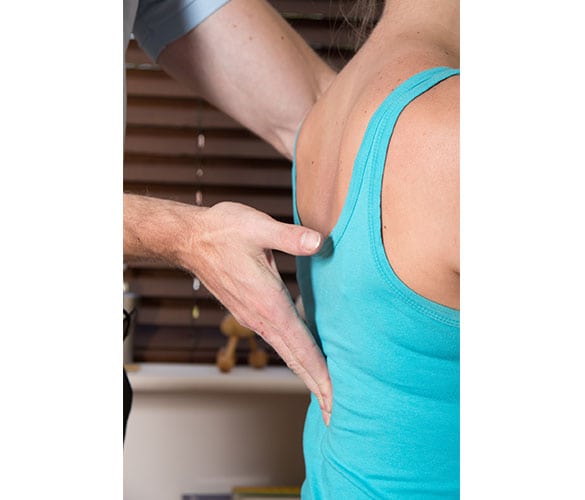
If you’ve had a failed back surgery and persistent back pain, consider FDA-approved Spinal Cord Stimulation.
If other treatment efforts to relieve back pain aren’t successful, including surgery, spinal cord stimulation (SCS) may produce meaningful results. SCS refers to the use of an implanted device that delivers low-level electrical signals to the spinal cord.
- Developed in the 1960s
- Approved by the FDA for use in the U.S. since late 1980s
- Disrupts pain signals being sent to the brain
CONTACT US TODAY
Who Could Benefit
SCS is often suggested for patients who have had failed back surgery syndrome (pain continues or returns even after surgery). A patient’s medical history and previous treatment attempts are also considered during the initial screening process. Sources of spine pain that may be managed effectively with SCS include:
- Chronic back or neck pain
- Peripheral neuropathy (nerve damage)
- Complex regional pain syndrome
- Back pain that includes sciatica or lumbar radiculopathy (leg pain)
- Neck pain that includes cervical radiculopathy (arm pain)
The ‘Trial Period’
Prior to committing to using the device on a long-term basis, patients can have a trial period to try spinal cord stimulation to see if it’s effective. An external stimulator is used during the trial period and only the wires are inserted so electrical impulses can be delivered. If a patient no longer wants to use SCS or doesn’t find that it works for them, the lead can be pulled out during a follow-up office visit. Trial periods usually last about a week.


How It’s Inserted
Set up of spinal cord stimulation (if a patient decides to continue with it after the trial period) is a two-step procedure. First, the device that will deliver the electrical signals is inserted with a needle in the back close to the spinal cord. Local anesthesia is applied to the injection site to minimize discomfort. A fluoroscopy (live X-ray) is used to guide the needle to the correct location. The lamina (small bone covering the spine) is sometimes removed to make room for the leads.
The second step is the insertion of the generator into the upper buttock after a small incision is made. It may also be placed in the abdomen or upper chest, depending on the size of the generator used and what’s most comfortable for the patient. Leads are then connected to the generator.
After Implantation
The patient will be able to turn the stimulator on or off and control the level of the current being delivered after it is inserted. Some patients report feeling a slight tingling sensation after implantation when the device is in use while others do not feel anything. Patients are usually asked to wait a few weeks before resuming normal activities.
Some devices have a battery that can be recharged through the skin and others will need to be replaced. Another version of a spinal cord stimulator uses a radio frequency as a power source.
Newer spinal cord stimulation devices are smaller and can often be inserted with less-invasive techniques. Results vary, although good candidates may notice a significant reduction in pain and an improved ability to carry out daily activities without distracting discomfort. The procedure is also attracting increased interest due to efforts by many patients and doctors to explore safer alternatives to opioid painkillers.

